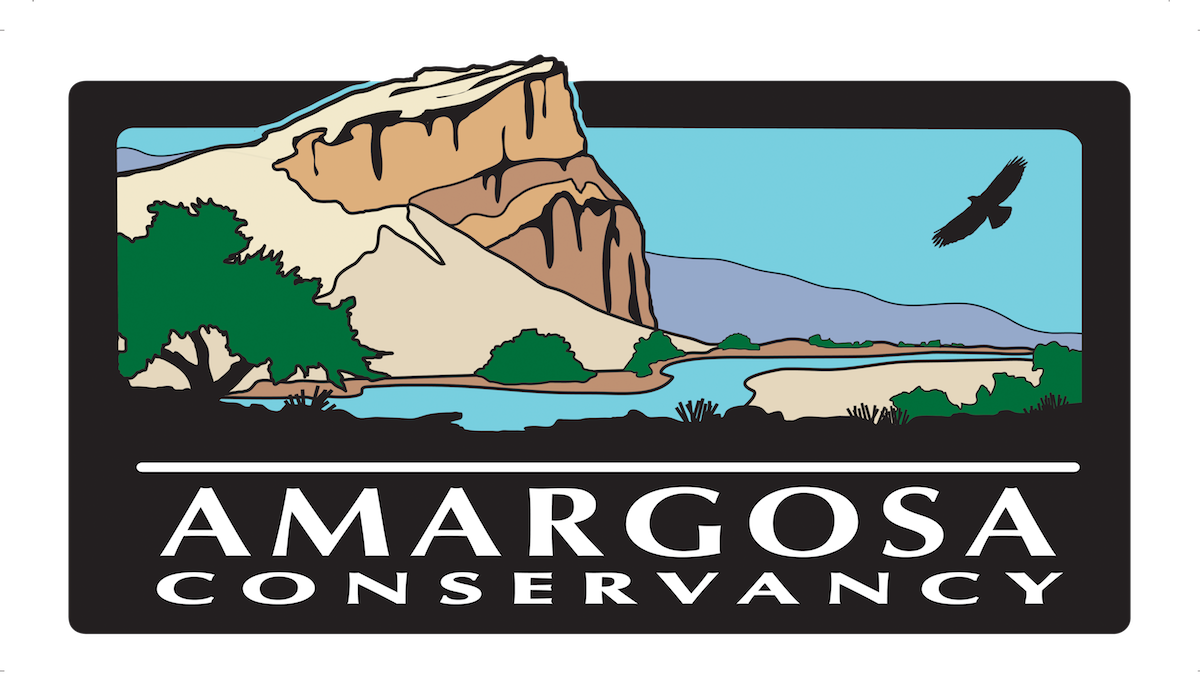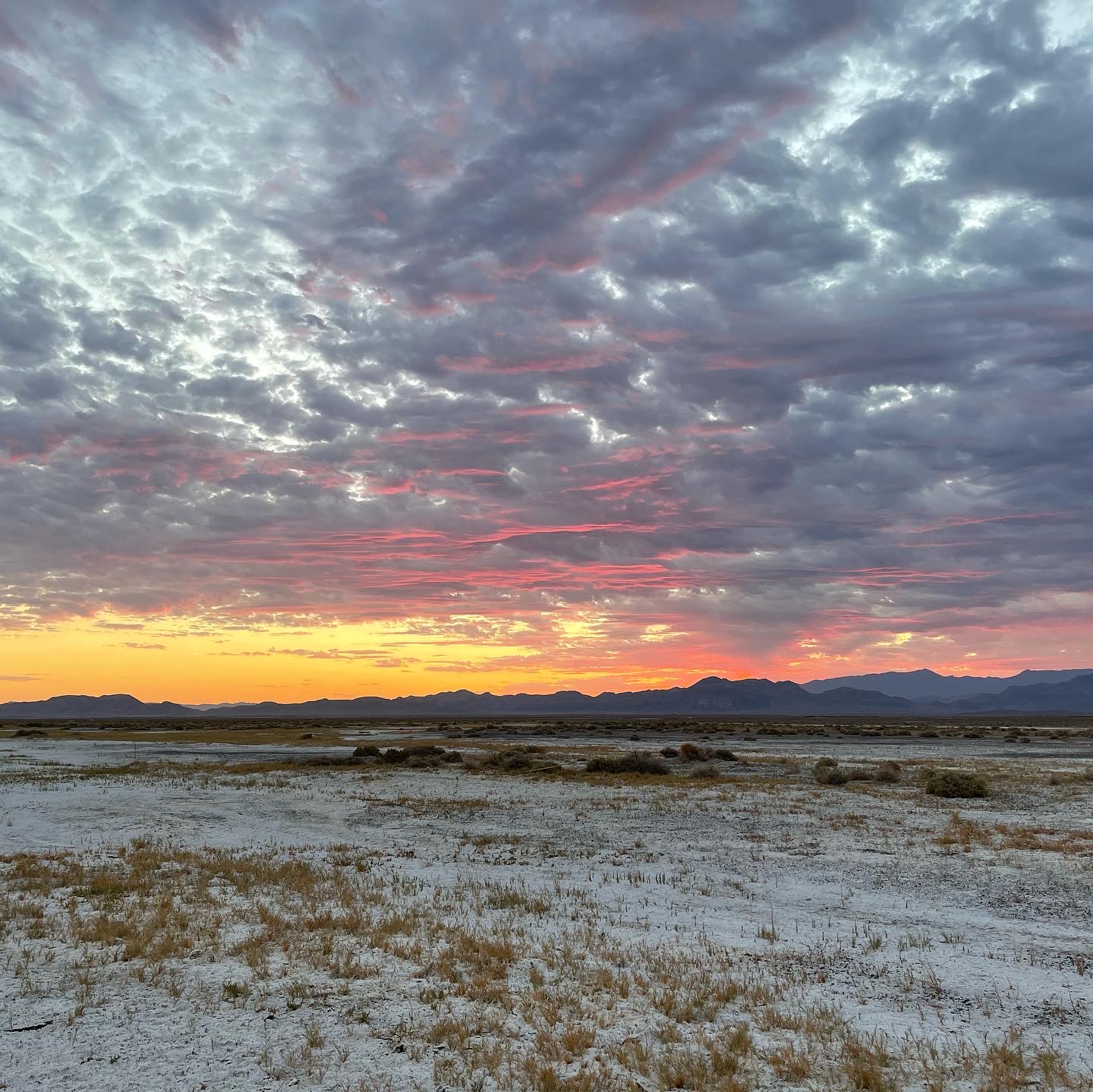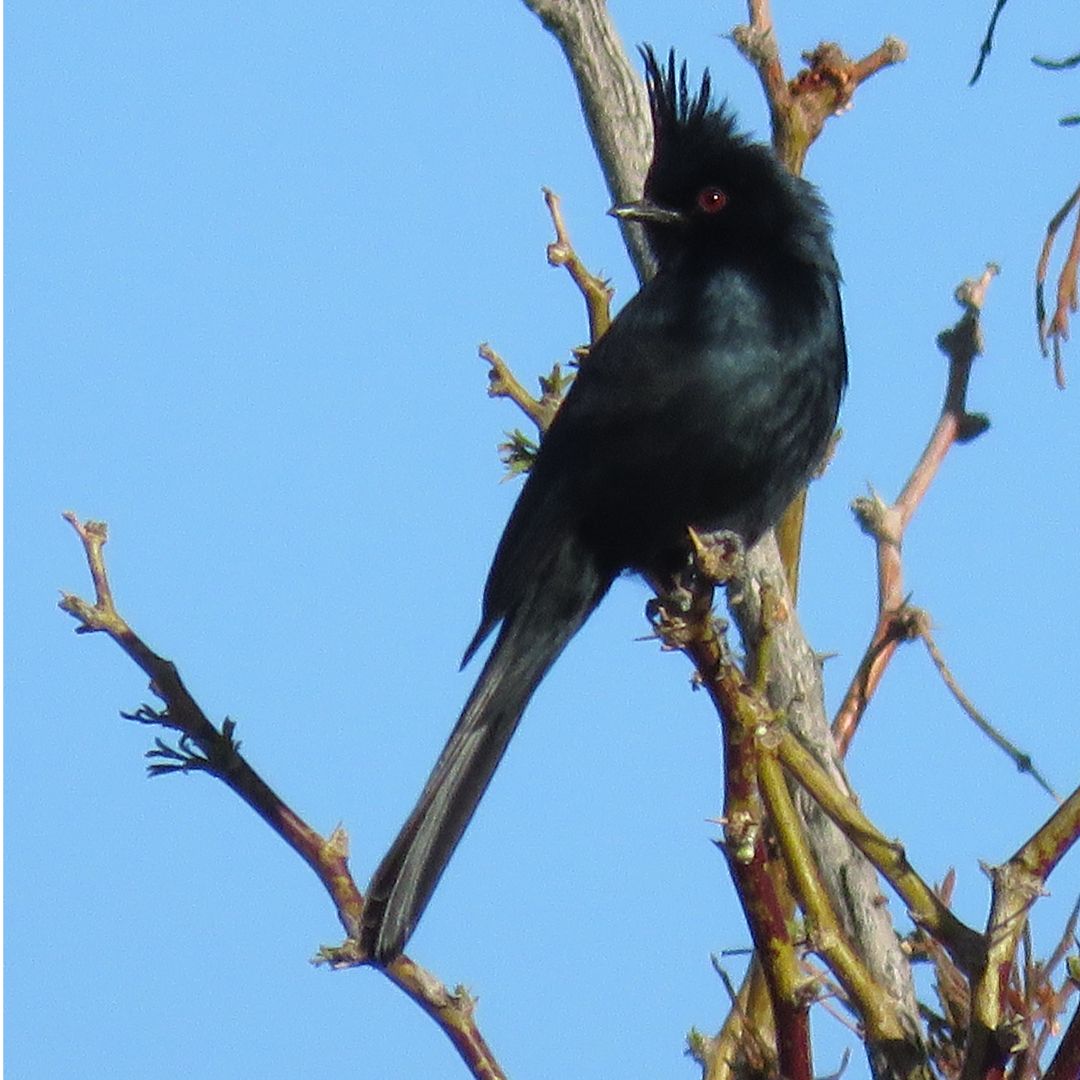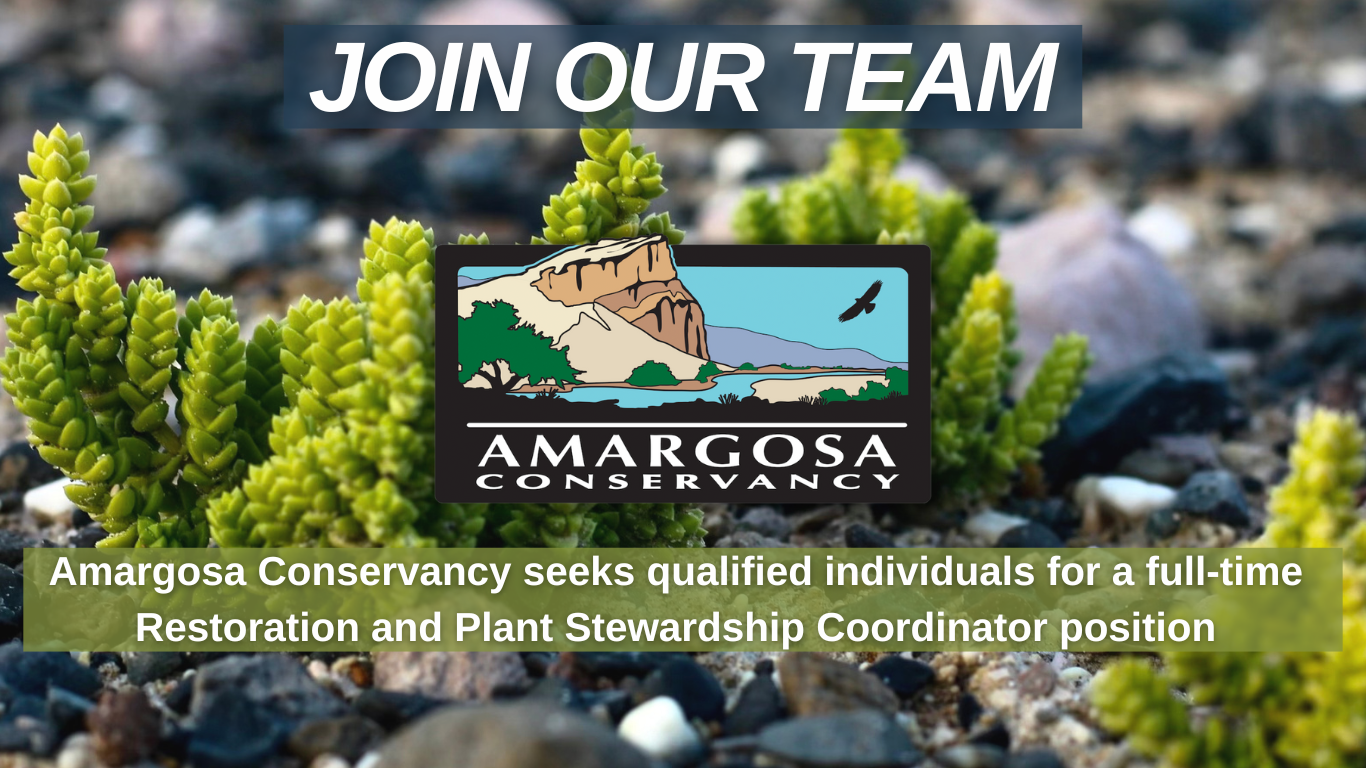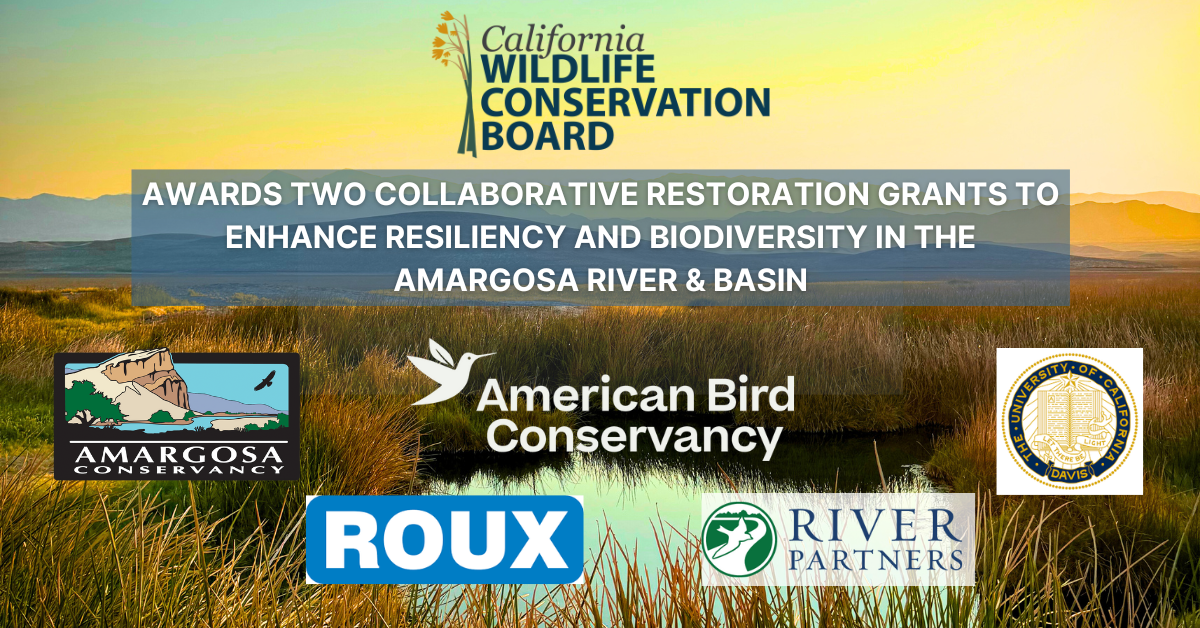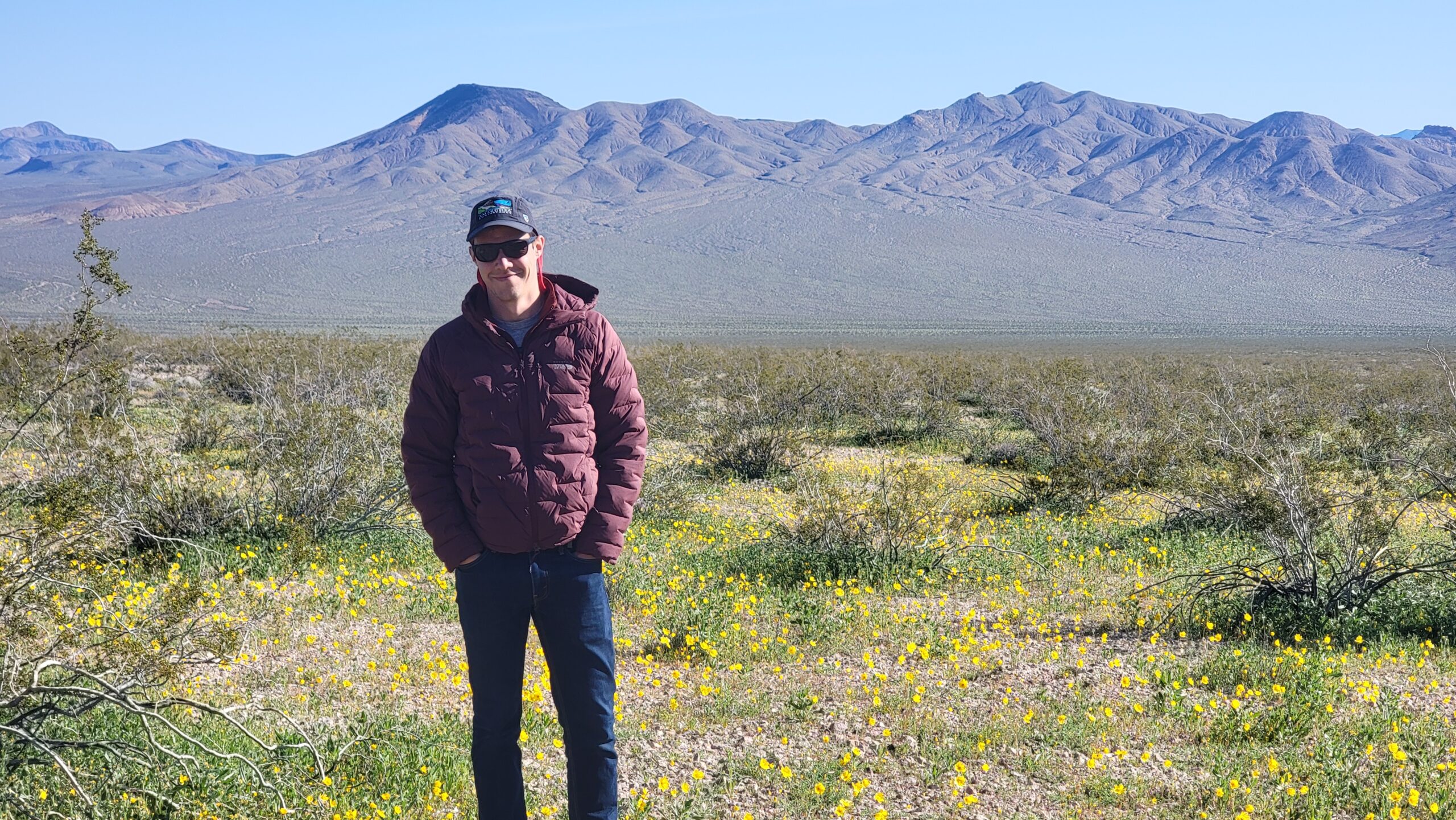Explore the Amargosa
Native Plants & Wildlife
Death Valley Sage (Salvia funerea) in bloom
The Amargosa Basin is home to several endemic, unique, or charismatic plant and wildlife species
Learn about the Amargosa Vole, Amargosa Niterwort, Death Valley Sage, Least Bell’s Vireo, Kingston Range White Fir, and the Desert Bighorn Sheep
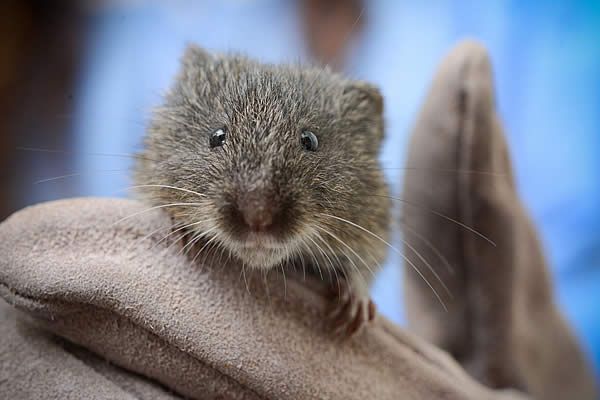
Amargosa Vole
Endemic, Federally Endangered
Amargosa Vole, by Don Preisler, U.C. Davis School of Veterinary Medicine
The Amargosa vole (Microtus californicus scirpensis) is a small wetland mammal that is related to the California vole. Evidence shows that as the Amargosa Basin became more and more isolated geographically from the more widely-distributed species, it gradually adapted to become its own species.
The Amargosa vole is dependent on a plant known as American threesquare bullrush (Schoenoplectus americanus syn Scirpus americanus, S. olneyi). Threesquare grows in small patches in parts of the Basin, though over the years as human activity in the region increased, the habitat for this plant became more and more rare.
In 1986 the Amargosa Vole was designated as federally endangered. Today, several groups are working on saving the vole and increasing its numbers:
- The U.S. Fish and Wildlife Service has brought extensive financial and personnel resources to bear to fund and permit recovery projects.
- The Bureau of Land Management has prioritized the vole on land it manages, and helped facilitate recovery projects on private land as well.
- The California Department of Fish and Wildlife has provided technical expertise and taken the lead on range surveys.
- The UC Davis School of Veterinary Medicine is host to the captive breeding colony, where new voles are being bred to give the species a head start in recovery. Check out their amazing work and follow them on Facebook.
- The University of California – Berkeley and Purdue University are conducting genetic analysis to better understand what makes the Amargosa vole a distinct subspecies.
- The United States Geological Survey conducts range surveys and is currently working on a predator exclosure study.
- Read an article about how Shoshone Village is creating new habitat that will host voles in the years to come.
- The Amargosa Conservancy is involved in constructing new habitat, raising threesquare bullrush for propagation, and much more. Find out what else on our project page.
Niterwort
Endemic, Federally Endangered
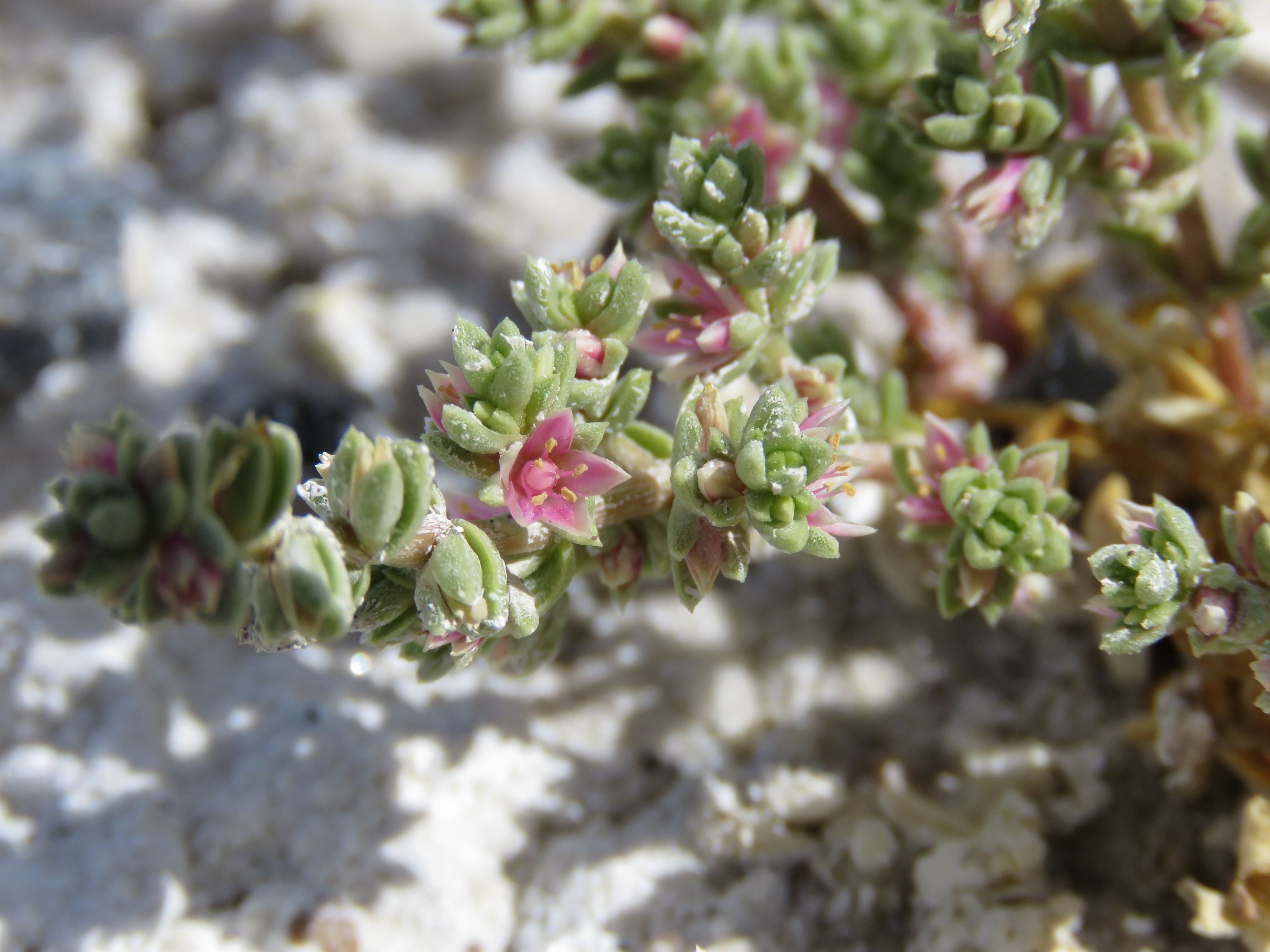
Amargosa Niterwort
Niterwort (Nitrophila mojavensis) is a small, salt loving plant that grows in the Carson Slough at Ash Meadows National Wildlife Refuge in the Amargosa Basin. It inhabits moist and drying salt pans with alkaline, clay soil. Niterwort is a halophyte, or salt-loving plant. Changes to groundwater levels due to pumping are the main threat to this plant.
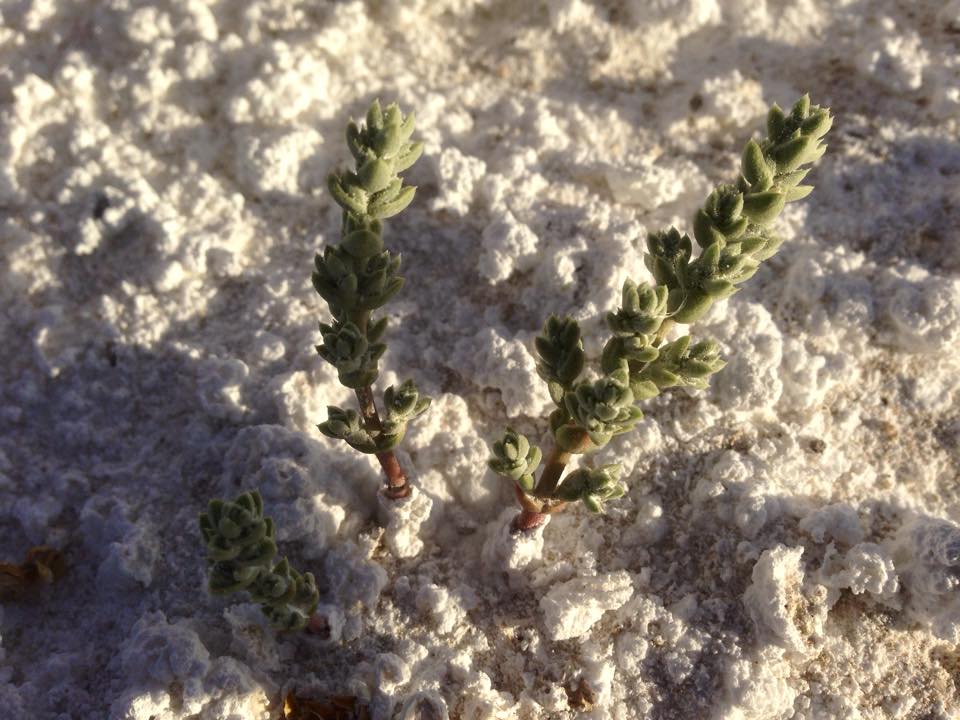
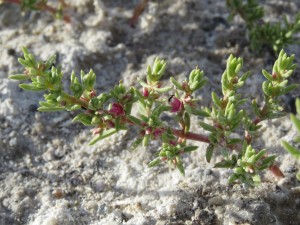
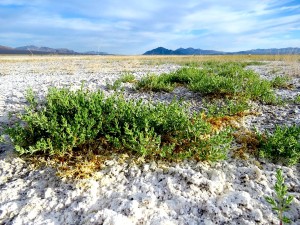

Woolly Sage or Death Valley Sage
(Salvia funerea)
Endemic to Limestone Mountains of the Mojave
Closeup of a Death Valley Sage bloom
This sage has a narrow distribution, preferring the limestone mountains of the eastern Mojave, primarily in and around Death Valley NP. Some populations have been documented further south and west. See the Jepson Herbarium for distribution.
This beautiful shrub can grow up to a meter in height and is covered in tiny hairs which give it a “woolly” appearance. The tiny, purple flowers typically bloom in spring.
Least Bell’s Vireo
Migratory, Federally Endangered
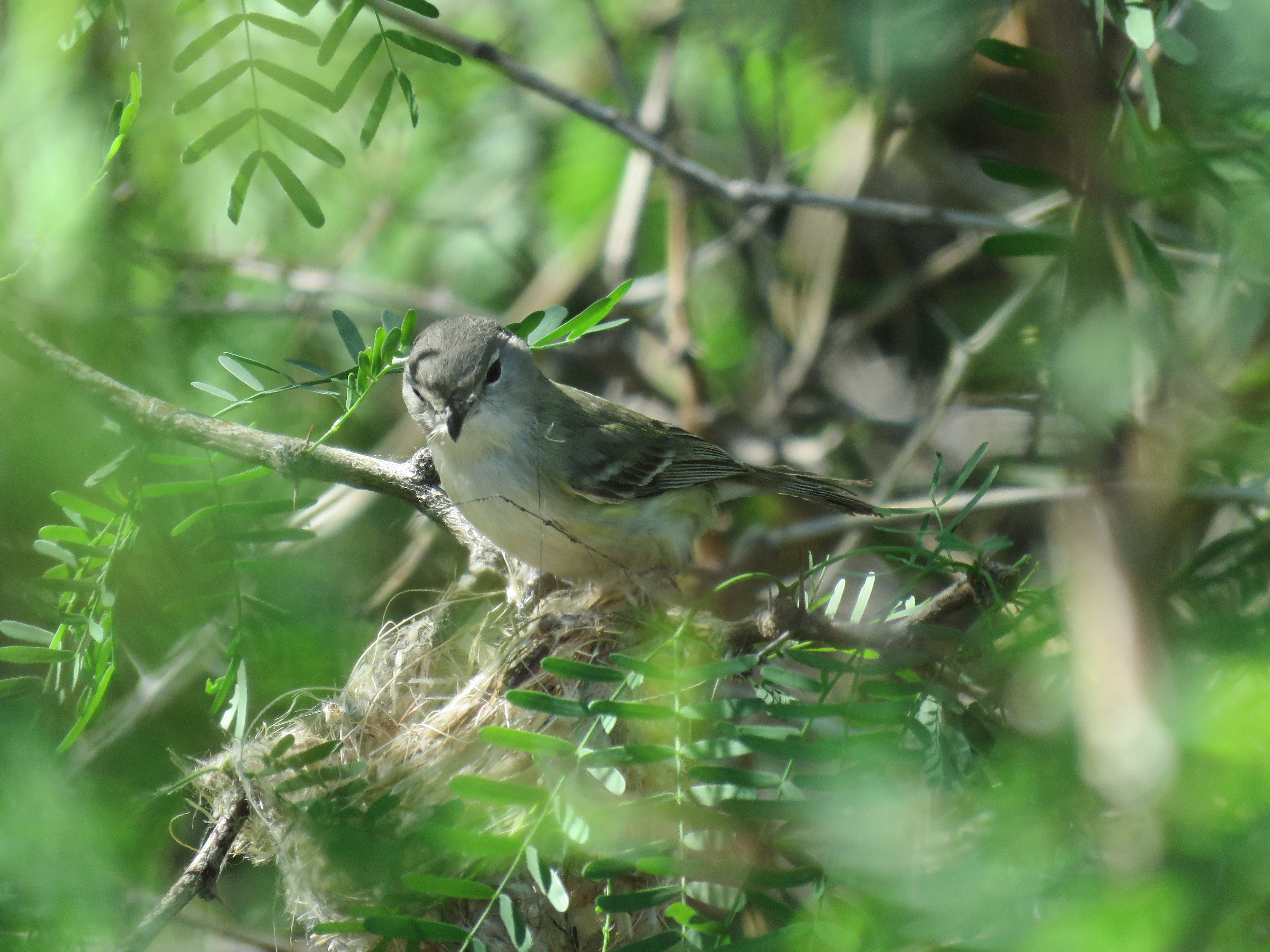
A Least Bell’s Vireo sitting on its nest
The least Bell’s vireo is a small (<5in) songbird that lives and breeds in lowland riparian habitats, preferring those dominated by willows. It is a subspecies of the Bell’s vireo and found primarily in California and Baja Mexico.
The least Bell’s Vireo builds its nest in dense shrubbery in moist areas. Though once abundant across California and Baja, loss of habitat and nest predation have led to its decline. At one point only 300 nesting pairs remained. That number has improved substantially, but the species is still in danger.
The wetlands of the Amargosa Basin are a breeding location for this small bird.
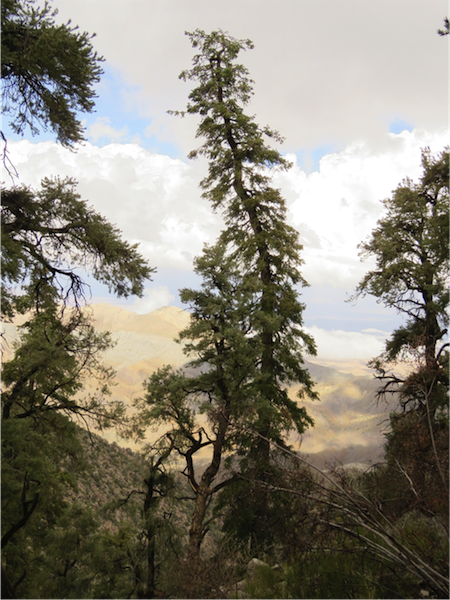
Kingston Range White Fir
Unique, Isolated, Little Known
Kingston Range White Fir
In the Kingston Range at the southern end of the Amargosa Basin is a collection of some hundred white fir trees, relics from a time when the species perhaps covered more areas. Most white firs can be found in the Sierra Nevada, or the transverse and peninsular ranges further to the west. The trees are found on north facing slopes of the two highest peaks in the Kingston Range.
Little is known about the natural history of this disjunct population, so in late 2015 the BLM Needles office and the Amargosa Conservancy conducted some initial observations in the canyons. The results suggested a population of several times more than previously thought. There are at least 500 trees and perhaps even more than that.
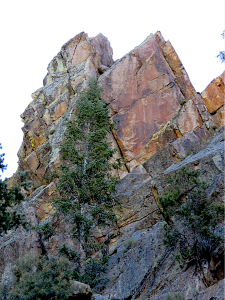
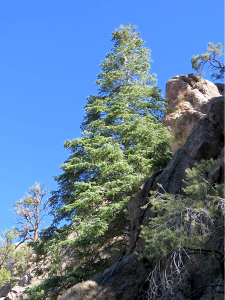
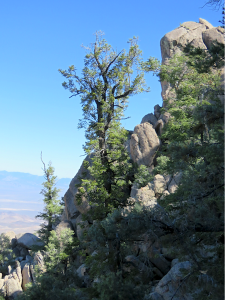
Desert Bighorn Sheep
(Ovis canadensis nelsoni)
With their curling horns and ability to scale steep cliffs, these are the charismatic megafauna of desert mountains.
From our blog: NATIVE PLANTS & WILDLIFE
Snapshots of the Lower Carson Slough
Author Josh Jackson’s The Enduring Wild invites readers to explore California’s forgotten BLM lands, including the Amargosa River—revealing their beauty, fragility, and urgent need for protection.
Reflecting on Phainopeplas in Shoshone
By Morrigan DeVito, Restoration & Plant Stewardship Coordinator When you find a Phainopepla in a mesquite bosque, everything else comes into focus. I search for them in Shoshone Village by scanning the tops of the mesquites with my naked eye, looking especially...
Amargosa Conservancy seeks qualified individuals for a full-time Restoration and Plant Stewardship Coordinator position
Amargosa Conservancy is a 501(c)3 non-profit organization with over 1,900 members and supporters based in Shoshone, California and has been the leading voice for the conservation of the Amargosa River watershed for almost two decades. The Amargosa Conservancy is...
California Wildlife Conservation Board Awards Amargosa Restoration Projects
By Mason Voehl, Executive Director In a remarkable year for the Amargosa River and Basin, the California Wildlife Conservation Board (WCB) has awarded two critical grants to support the resilience and biodiversity of this unique desert ecosystem. These grants, one...
2024 SUMMER SPEAKER SERIES
Amargosa Conservancy is pleased to announce our 2024 Summer Speaker Series! This third offering of our virtual Summer Speaker Series will feature dedicated employees from the National Park Service, Bureau of Land Management, and U.S. Fish and Wildlife Service. These...
Executive Director’s Report: The Ephemerality of Laughter
by Mason Voehl, executive director Where are these men? Asleep beneath their grounds: And strangers, fond as they, their furrows plough. Earth laughs in flowers, to see her boastful boys Earth-proud, proud of the earth which is not theirs; Who steer the plough, but...
